Marcel Duchamp's New York Art Studio
Introduction
Text-to-speech Audio
Images
Duchamp's 'Fountain' in 33 West 67th Street.
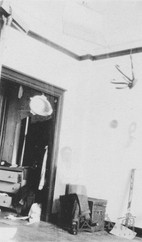
Photo from inside 33 West 67th Street.
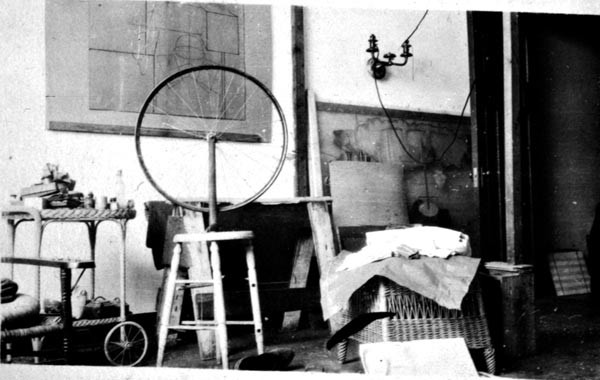
"Nude Descending a Staircase, No 2"
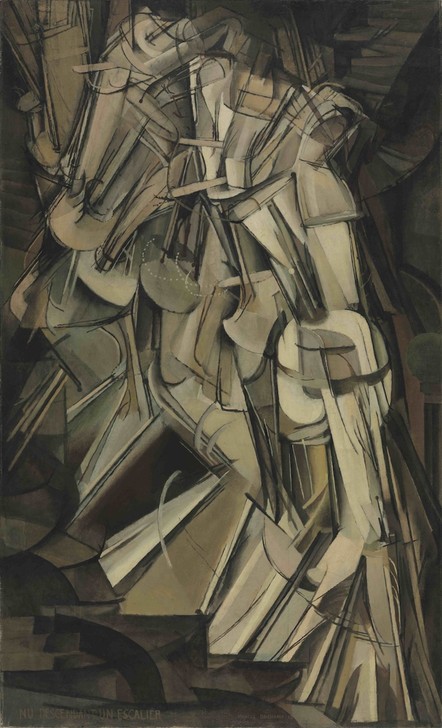
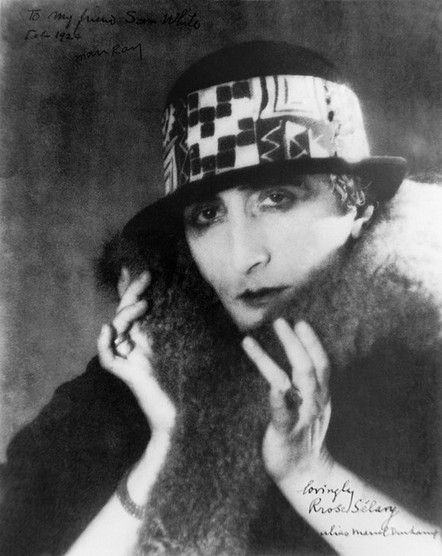
Replica of Duchamp's 'Fountain'
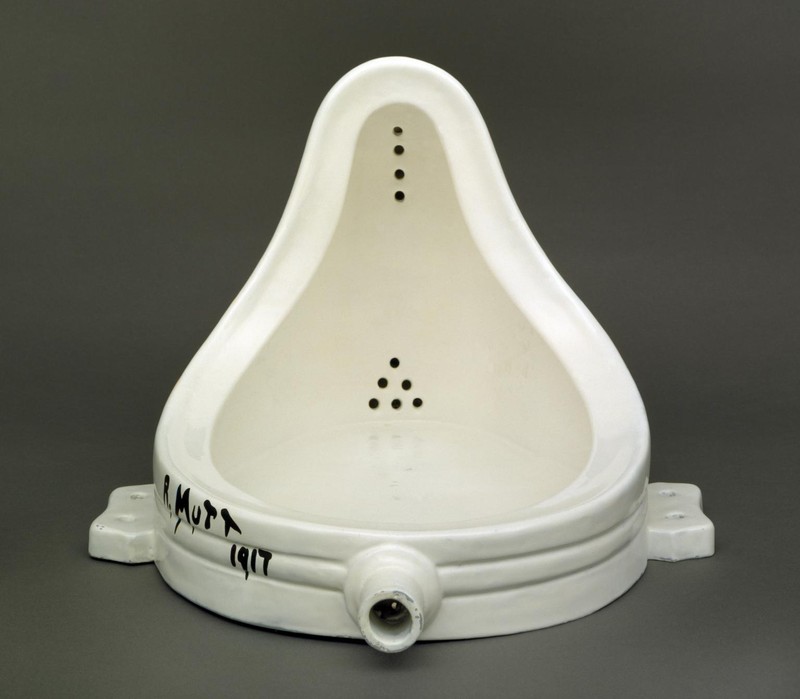
Backstory and Context
Text-to-speech Audio
Henri-Robert-Marcel Duchamp, considered by many to be one of the most important artists of the 20th century, was born July 28th, 1887 in Blainville, France. While France was his birthplace, it's clear Duchamp found his home in the U.S. seeing as after his first visit in 1915, he would continue to make trips to the states until settling permanently in 1942, and obtaining citizenship in 1955.
Duchamp’s time in America would shape him, and in turn he would shape the art scene. One of Duchamp’s most infamous works, ‘Nude Descending a Staircase (No. 2)’ would make its first real waves in the U.S. in 1913. The hostile reaction and controversy surrounding the piece would begin a growing theme in Duchamp’s career.
In his art, Duchamp would hone in on specific concepts, one of which being self-representation. Duchamp’s display of self-expression didn’t restrict itself to the art he produced explicitly, as he would often put out art under various pseudonyms, and personas under which he would express himself differently, one of his most iconic pieces ‘The Fountain’ was published under the pseudonym R.Mutt. The nature of these pseudonyms were more of characters for Duchamp to play with, most prominently, Rrose Selavy. Rrose Selavy was a woman who’s name was a pun on the phrase, ‘Eros is Life’ who Duchamp would picture himself as in 1921. Moreover, this portraiture would define a great portion of Duchamp’s self expression, and he would make prolific exploration of his own image. Duchamp would stretch the boundaries of his portraiture, some of which he presented as wanted posters, mugshots, and more. It’s seen through these works of Duchamp that they were a personal way for him to communicate, interact, and respond to the world around.
Duchamp would follow up on his controversial reputation by challenging the way art is made, and presented, through the use of his ‘readymades’. Pioneered by Duchamp, readymades are works of art made from majorly unchanged manufactured objects. The intended core of the readymades was the conceptual value behind them. The lack of intrinsic creation would be the initial point of contention regarding readymades, which already plays into a long withstanding debate about what defines art. Regardless, Duchamp was distancing himself from traditional forms of art, specifically the idea of skill, and the technical appeal of art. Irony, and verbal wit would supplement what was lost in the creation of readymades, which was more befitting of Duchamp’s person. The essence of this type of art is most iconically displayed in Duchamp’s ‘The Fountain’ which was simply a urinal turned on it’s side. Naturally, such a crude piece being presented as art spurred controversy that suited Duchamp, and his revolutionary sensibility. The ideas presented by Duchamp appealed heavily to the dada movement, a movement that thrived heavily on nonsense and satire, and Duchamp was even pushing the envelope within it, and testing limits through his subversion.
Sources
Folland, Thomas. Readymade Primitivism: Marcel Duchamp, Dada, and African Art, Wiley Online Library. June 13th 2020. Accessed February 28th 2021. https://onlinelibrary.wiley.com/doi/full/10.1111/1467-8365.12518.
The website provides an in-depth look into Marcel Duchamp's relationship with, and influence on modernism in his time. The essay specifically delves into Duchamp's relationship with primitivism, and it's effect on the New York art marketplace. Additionally, the way world events influenced Duchamp's art, and details his thought process, and the events leading up to the creation of some of his pieces. The site also includes images of some pieces Duchamp has made. This source is useful because it includes information regarding the world's effect on Duchamp, and inversely, Duchamp's effect on the world, however, it also includes sections of information that may stray away from Duchamp as the central focus, and enter topics too niche for the project.
This site was found by searching 'Marcel Duchamp' using the UCF library's OneSearch feature.
Inventing Marcel Duchamp, National Portrait Gallery. March 27th 2009. Accessed February 28th 2021. https://npg.si.edu/exhibit/duchamp/index.html.
The National Portrait Gallery’s articles on Marcel Duchamp provide information regarding his life and work. The website’s first section is a brief detailing of his life and aspects of his work. The following page is an exploration of Duchamp’s portraiture, and his influence of portraiture, even post-mortem. Most importantly, the website includes multiple video interviews with Duchamp. The website is useful in providing information about Duchamp, and a specific avenue of his work, however, the website is limited in it’s text, which is alleviated by the video interviews.
This site was found by searching for scholarly articles on google under ‘Marcel Duchamp’.
Riggs, Terry. Marcel Duchamp, Tate. October 1st 1997. Accessed April 13th 2021. https://www.tate.org.uk/art/artists/marcel-duchamp-1036 .
The Tate website provides a decent bit of information about Marcel Duchamp. The website's biography covers smaller details of Duchamp's life, and a brief synopsis of his life's work despite how short it is. Additionally, the website refers readers to books that cover information similar to that provided in the biography paragraphs. Below these biographies are a directory of Duchamp's paintings, and a directory of varied media centered around Duchamp.
Rosenthal, Nan. Marcel Duchamp (1887–1968), MetMuseum. Accessed April 13th 2021. https://www.metmuseum.org/toah/hd/duch/hd_duch.htm.
The metmuseum website contains a lengthy and thorough article on Marcel Duchamp. The article covers a small biography of Duchamp's life, containing itself mostly to what was relevant to his art and career. Furthermore, the article pays heavy attention to the development of Duchamp's art and style, going so far as to single out specific pieces and explain them in length.
Marcel Duchamp (French, 1887–1968), ArtNet. Accessed April 13th 2021. http://www.artnet.com/artists/marcel-duchamp/biography.
The ArtNet website's profile on Marcel Duchamp contains multiple avenues of information regarding the artist. The two most important tabs on the article are the Artworks, and Biography sections. The Artworks section, while containing images of Duchamp's work, also contains a small writeup of information regarding his art. The biography section contains a reasonably detailed biography for Duchamp's life, as well as three timelines containing different types of information relative to Duchamp's Life.
https://press.philamuseum.org/asset/346543/duchampimage3-roche-duchampsstudio
http://art-nerd.com/newyork/chasing-marcel-duchamp-around-new-york/
https://smarthistory.org/duchamp-descending/
